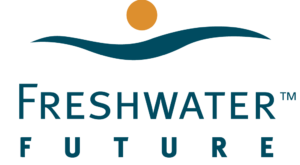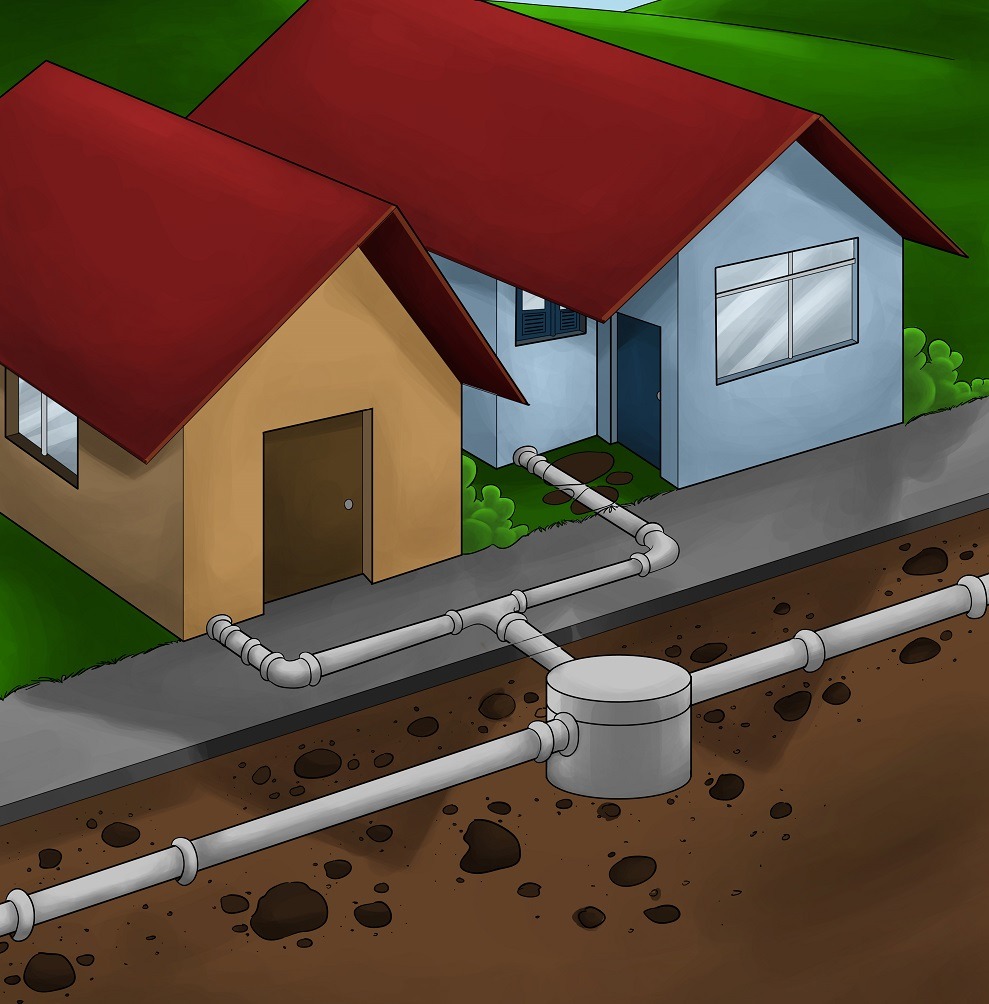Why is my lead service line being replaced?
Lead gets into our drinking water from water service lines that are galvanized or made of lead, have lead soldering, or from lead in faucets. There is no safe amount of lead – Even small amounts of lead in drinking water are harmful to anyone at any age. Because you can’t taste, smell or see lead in drinking water, your municipality is required by law to test public water systems for lead.
Additionally, in the Great Lakes region, Michigan and Illinois have adopted regulations requiring replacement of lead pipes over the next 20 years with safer materials to protect public health.
If a water system is found to have high lead levels it may also be required to replace lead service lines. Replacing lead pipes with pipes made of a safer material such as copper is one of the most effective ways and the only long-term solution to reduce lead in drinking water.
What kind of replacements are there?
Commonly, your municipality owns the water service line that distributes water from the water utility through the water main to the curb. You or your landlord own the water service line from the curb to inside your house. A full replacement removes and replaces both sections of the pipe, while a partial replacement will only remove the publicly owned section. Property owners can be required to cover the cost to replace the privately-owned portion of the pipe. There are different requirements for partial and full replacements, particularly in the amount of notice utilities must give.
The federal Lead and Copper Rule, administered by the U.S. Environmental Protection Agency requires: “A water system conducting partial lead service line replacements has to notify residents at least 45 days before completion of the project, but only 24 hours before for a full replacement.”
If you receive a notification that only the publicly-owned lead service lines to your home are being replaced, it is important that you contact your water utility (example: Board of Water and Light, Department of Public Works, etc.) to ask about the cost and any financial assistance to replace the privately owned section of lead service lines. Some communities have funding to replace lead service lines on both the public and private sides to reduce costs to property owners. This is important as partial lead service line replacements have been shown to be ineffective and may even dramatically increase lead concentrations in drinking water. States such as Michigan have even banned partial lead service line replacements due to the risk they pose, requiring a full replacement of all public and privately owned lead pipes. As the federal lead and copper rule still allows for partial replacements, it’s important to check to see if your state or city prevents partial lead service line replacements (ex. Through a city ordinance or state lead and copper rule).
What should I do to stay safe during a lead service line replacement?
If construction crews are replacing pipes at or near your residence, we recommend these 3 things:
-
Flush cold water for three to five minutes before using water in the morning;
-
Use a lead removing filter for drinking and cooking water and baby formula;
-
Only run cold water through your filter.








